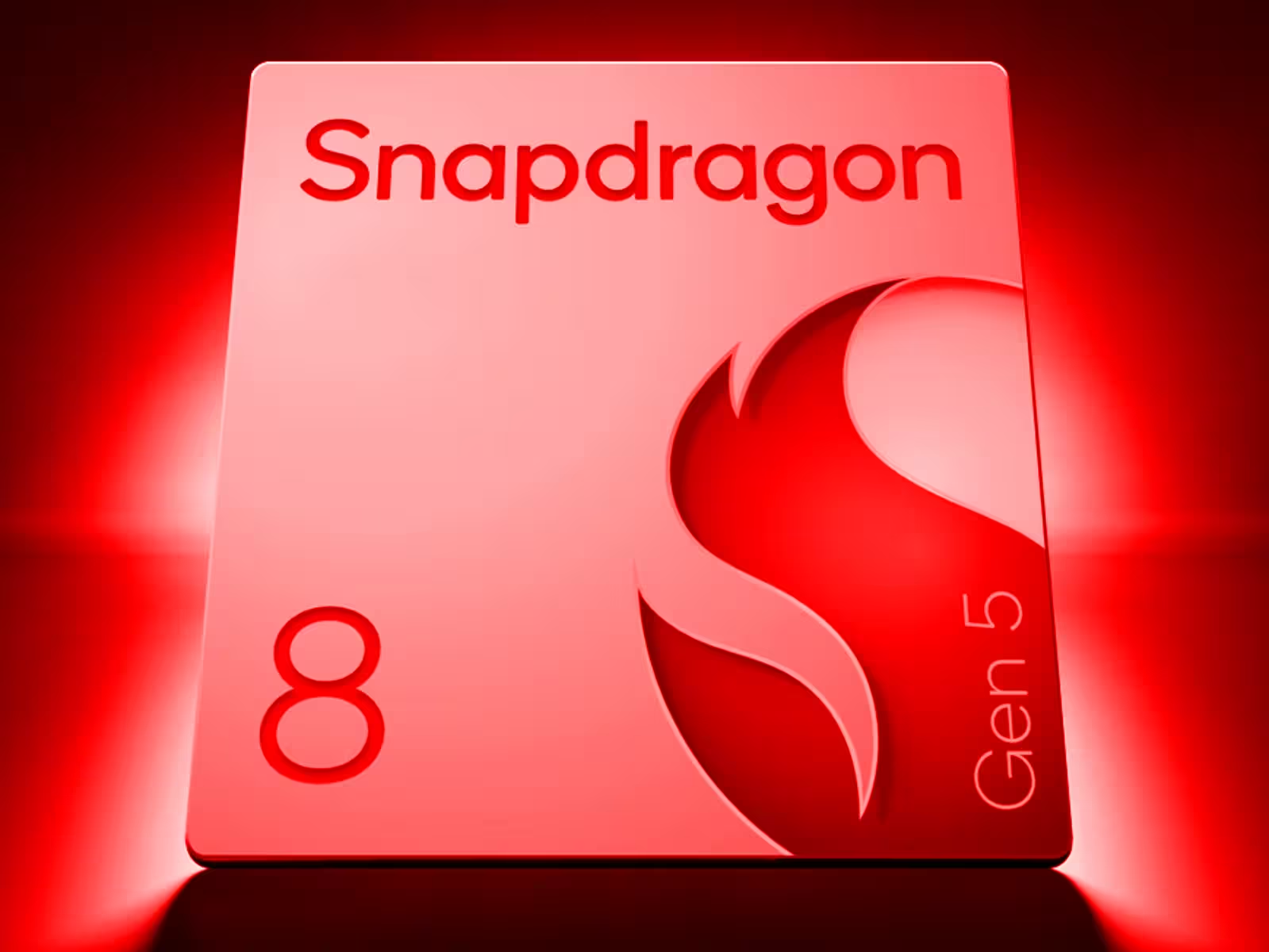4 Minutes
Qualcomm’s newest Snapdragon 8 Gen 5 may share a manufacturing node and CPU layout with the Snapdragon 8 Elite Gen 5, but a key hardware difference — cache size — could leave the newer chip trailing in one critical area: gaming. Here’s what the leaks say, why cache matters, and what to wait for before drawing firm conclusions.
Where the chips start the same — and where they diverge
Both SoCs reportedly use TSMC’s 3nm N3P process and a similar CPU cluster, which on paper makes the Snapdragon 8 Gen 5 look like a scaled sibling of the Elite. Yet a Weibo leak from tipster Digital Chat Station points to uneven cache allocations between the two: the older Snapdragon 8 Elite Gen 5 is said to carry substantially more L2 and system-level cache than the newer Snapdragon 8 Gen 5.
Cache numbers that matter
- Snapdragon 8 Elite Gen 5: around 12MB of L2 cache across performance and efficiency clusters plus an 8MB L3 System-Level Cache (SLC), according to the tip.
- Snapdragon 8 Gen 5: reportedly 4MB of L2 for the performance cores and 12MB of L2 for the efficiency cluster; the tip doesn’t clarify its L3 SLC size.
Put simply, the Elite’s performance cores may have roughly three times the L2 cache of the Gen 5’s performance cores. That’s a big architectural gap, and in latency-sensitive workloads like gaming it can produce far larger differences than raw clock figures alone.

Why cache can change the gaming experience
Game engines are heavily dependent on fast, local memory to feed CPU and GPU work. A larger L2/L3 cache reduces trips to slower main memory, lowering latency and smoothing frame delivery. So while peak clock speeds do influence single-threaded performance, cache can be the difference between stuttery frame times and steady gameplay.
For reference, leaks indicate distinct clock targets too: Elite’s performance cores are said to default around 4.32GHz, while the Gen 5’s top cores run nearer 3.80GHz. In many scenarios a higher clock helps; in gaming, cache often matters much more once you pass a certain frequency threshold.
Early performance whispers — and why they’re not the final word
There are few public comparisons yet. A prior AnTuTu run on the OnePlus Ace 6T suggested the Snapdragon 8 Elite Gen 5 was roughly 14% faster than the Snapdragon 8 Gen 5 in that synthetic test. Qualcomm also advertises up to 165FPS in supported titles for the Elite Gen 5, implying it has enough horsepower for high-frame-rate gaming.
However, benchmarks that isolate gaming frame rates, thermals, and real-world frame-time consistency are the true yardstick. Until we see thorough gaming tests across multiple titles and devices, treat the cache claims as plausible but unconfirmed.
Thermals, throttling and real-world trade-offs
One potential upside for the Snapdragon 8 Gen 5: lower peak clock speeds can translate to reduced heat under sustained load. That could mean fewer thermal throttling events and more consistent frame pacing even if peak performance is lower on paper. In practice, a cooler-running chip may feel smoother for long play sessions despite having less raw cache or lower peak clocks.
What to watch for in upcoming reviews
- Game-specific FPS and frame-time charts (not just average FPS).
- Thermal profiles and throttling behavior over extended sessions.
- Cross-device comparisons — SoC alone doesn’t tell the whole story when cooling design and power tuning vary by phone.
In short: the cache gap flagged by tipsters is technically meaningful and could impact gaming more than the headline clock figures imply. But real-world benchmarks will be the deciding factor — and until we see them, skepticism and caution are warranted.
Source: wccftech
Comments
mechbyte
If that cache gap is real, it explains a lot, but is the leak legit?? Need gamebench, thermals, long session frame-time charts... fast clocks alone dont prove smooth play


Leave a Comment